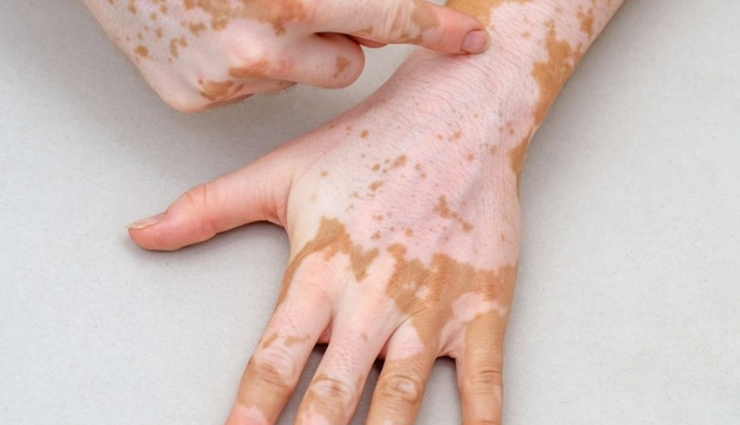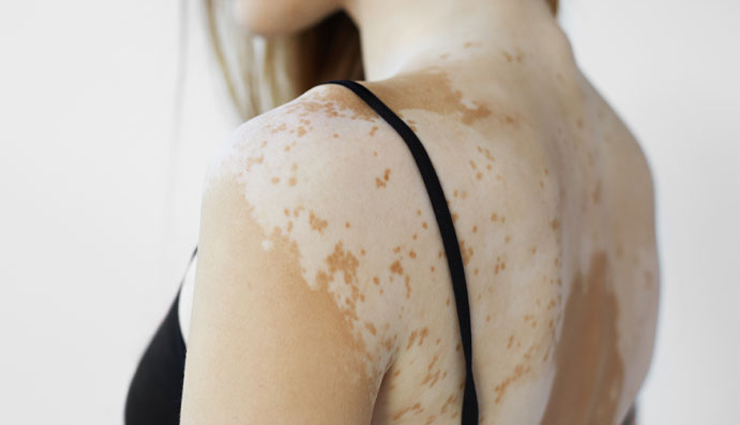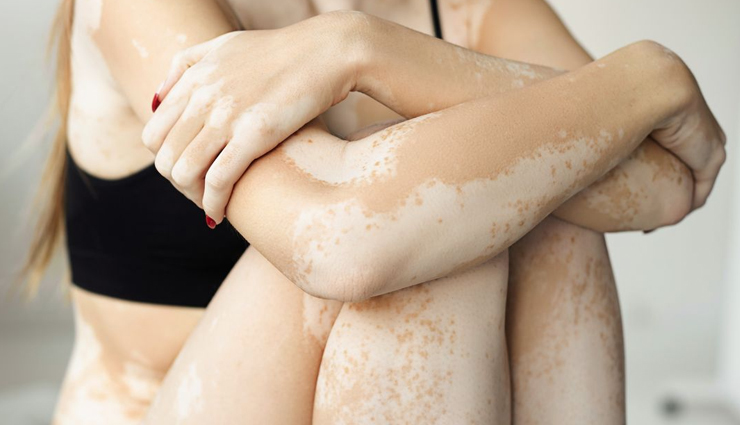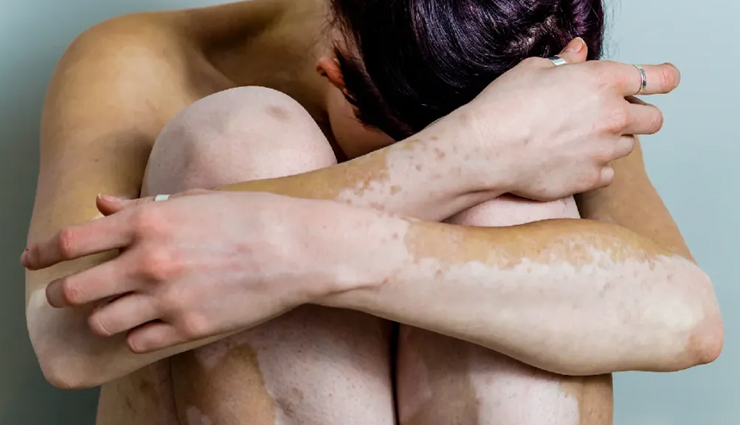- Home›
- Healthy Living›
- World Vitiligo Day 2023: What Is Vitiligo? Types, Symptoms, Causes
World Vitiligo Day 2023: What Is Vitiligo? Types, Symptoms, Causes
By: Priyanka Maheshwari Fri, 23 June 2023 8:11:53

World Vitiligo Day, marked yearly on June 25th, is a global effort to raise awareness of vitiligo, a chronic skin illness that affects millions of individuals worldwide. This day promotes education, support, and understanding, while also honouring the individuality and variety of persons living with vitiligo.
Vitiligo is a chronic skin condition characterized by the loss of pigment in certain areas of the skin, resulting in white patches or spots. It affects both men and women of all ages and ethnicities, and while it is not life-threatening or contagious, it can have a significant impact on a person's self-esteem and quality of life. In this article, we will explore the different types of vitiligo, its symptoms, and its possible causes.

Types of Vitiligo:
Generalized Vitiligo: This is the most common type of vitiligo, characterized by the presence of white patches on various parts of the body. These patches often appear symmetrically and can affect any area, including the face, hands, arms, legs, and torso.
Segmental Vitiligo: This type of vitiligo typically occurs at an early age and is characterized by white patches that develop on one side or segment of the body. It progresses for a year or two and then stabilizes, usually not spreading to other areas.
Focal Vitiligo: Focal vitiligo is characterized by the presence of one or a few white patches in a specific area of the body. It is considered a milder form of vitiligo and is often stable and does not spread.

Symptoms of Vitiligo:
The primary symptom of vitiligo is the development of white patches on the skin. These patches may start as small, pale spots and gradually enlarge over time. The edges of the patches can be smooth or irregular, and the affected areas may vary in size and shape. Other common symptoms include:
- Premature graying of hair on the scalp, eyebrows, eyelashes, or beard.
- Loss of color in the tissues inside the mouth, nose, and retina.
- Sensitivity to the sun, with the affected skin being more prone to sunburns.

Causes of Vitiligo:
The exact cause of vitiligo is still unknown, but several theories suggest that it may be an autoimmune disorder, genetic predisposition, or a combination of both. Here are some factors that may contribute to the development of vitiligo:
Autoimmune Response: It is believed that an autoimmune response occurs when the body's immune system mistakenly attacks and destroys the melanocytes (pigment-producing cells) in the skin.
Genetic Factors: Some studies have found a genetic component to vitiligo, as it often runs in families. Certain genes may make individuals more susceptible to developing the condition.
Environmental Triggers: Environmental factors such as sunburn, exposure to certain chemicals, or emotional stress may trigger or exacerbate vitiligo in individuals who are genetically predisposed.
Neurochemical Factors: Some researchers suggest that neurochemicals released by nerve endings in the skin may contribute to the destruction of melanocytes, leading to the development of vitiligo.
While there is no cure for vitiligo, various treatment options are available to manage the condition and improve the appearance of the skin. These include topical corticosteroids, topical calcineurin inhibitors, depigmentation, phototherapy, and surgical treatments like skin grafting and tattooing. It is important to consult a dermatologist to determine the most suitable treatment plan based on individual circumstances.





